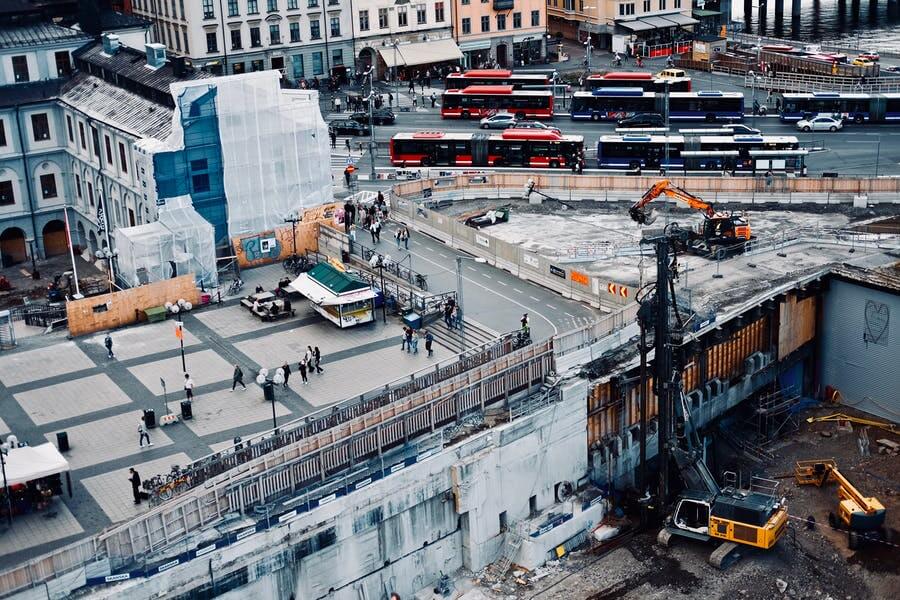Steel Fabrication - Powering Modern Construction with Precision and Strength
Steel fabrication stands as a cornerstone in the dynamic realm of construction, offering unparalleled strength, durability, and versatility. In the modern era, this process plays a pivotal role, revolutionizing the construction industry and shaping the skyline of our cities. Steel fabrication remains an indispensable part of the construction landscape, from towering skyscrapers to intricate bridges and robust industrial structures.

The Essence of Steel Fabrication
At its core, metro steel fabrication involves the transformation of raw steel into various shapes, sizes, and components. It encompasses a meticulous process that includes cutting, bending, welding, and assembling steel to create structures that defy limitations. The adaptability of steel allows for customization, enabling architects and engineers to bring their visionary designs to life with precision.
Strength in Structural Integrity
One of the primary reasons for the widespread use of steel in construction is its exceptional strength-to-weight ratio. This attribute empowers builders to create sturdy and relatively lightweight structures. From supporting heavy loads in buildings to providing stability in bridges and infrastructure, steel's robustness ensures the structural integrity of constructions, even in adverse conditions like earthquakes or extreme weather.
Versatility and Design Flexibility
Steel fabrication offers an unparalleled level of versatility and design flexibility. Its malleability allows it to be crafted into diverse shapes and sizes, making it suitable for various architectural styles and purposes. Whether it's the sleek lines of a contemporary skyscraper or the intricate framework of an iconic bridge, steel adapts to the vision of architects and engineers, enabling the creation of awe-inspiring structures.
Speed and Efficiency in Construction
In today's fast-paced world, construction timelines are crucial. Steel fabrication significantly contributes to expediting the construction process. Prefabricated steel components can be manufactured off-site with precision, reducing on-site construction time. This method enhances efficiency and minimizes waste and labour, making construction projects more cost-effective and sustainable.
Sustainability and Environmental Impact
Beyond its functional advantages, steel fabrication aligns with sustainable construction practices. Steel is highly recyclable, allowing scrap steel to be reused in new construction projects. Its recyclability reduces the demand for new raw materials, thus minimizing the environmental footprint of construction activities. Additionally, the durability and longevity of steel structures contribute to sustainable development by reducing the need for frequent repairs or replacements.
Innovations Driving Progress
Advancements in technology continually drive the evolution of steel fabrication. Cutting-edge techniques such as Computer Numerical Control (CNC) machining, 3D modelling, and robotic welding have revolutionized the precision and efficiency of steel fabrication processes. These innovations enhance the quality of structures and streamline production, pushing the boundaries of what is achievable in construction.
Conclusion: Building the Future with Steel
Steel fabrication remains an indispensable force shaping the modern construction industry. Its unparalleled strength, adaptability, and sustainability make it a cornerstone of architectural innovation and structural reliability. As technology advances, the role of steel fabrication in construction will further expand, enabling the creation of even more ambitious and sustainable structures that define our cities and societies.